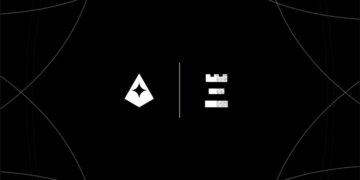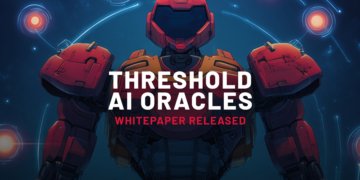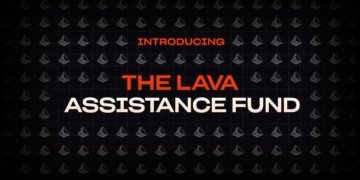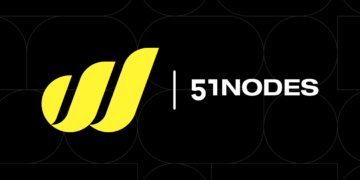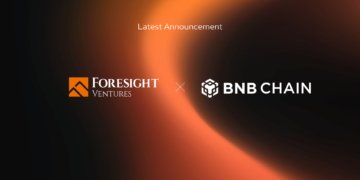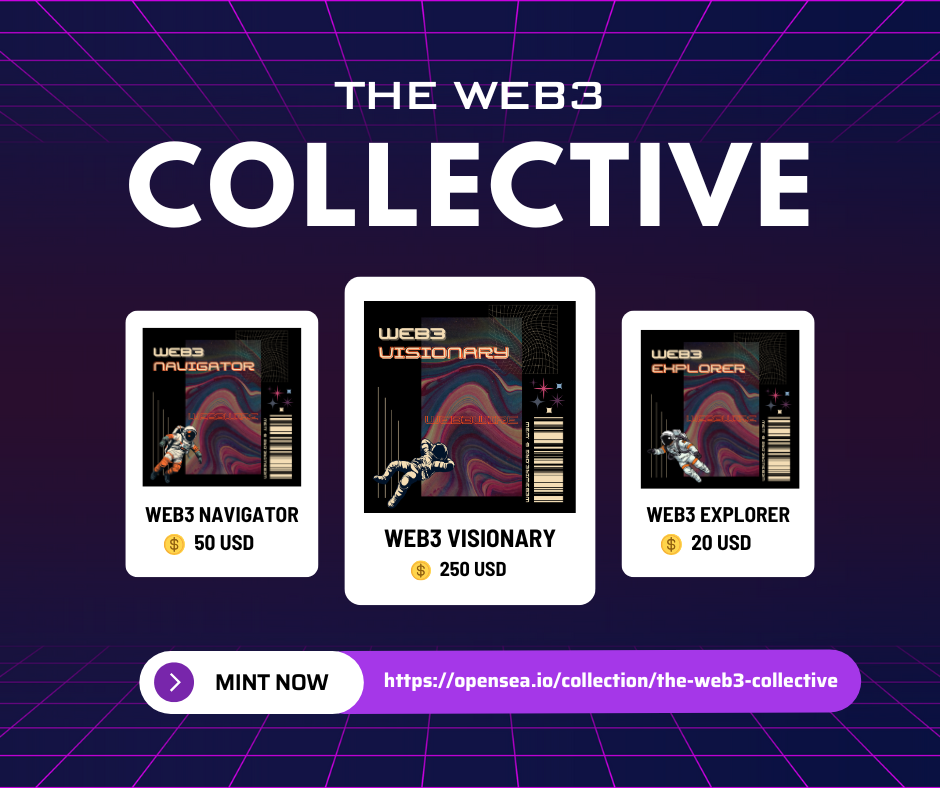
Understanding Ethereum: An Essential 2024 Guide for Beginners
Ethereum has become a household name in the cryptocurrency world alongside Bitcoin, its more renowned peer. However, despite its popularity, many are still left pondering what Ethereum actually is and how it works. If you’re one of those looking to expand your understanding of this digital juggernaut in 2024, you’re in the right place. This guide breaks down Ethereum into digestible pieces, perfect for beginners.
What is Ethereum?
Ethereum is a decentralized, open-source blockchain system that goes beyond just being a cryptocurrency. It serves as a platform for building decentralized applications (dApps) that function autonomously without any central authority. Developed by a team led by Vitalik Buterin in 2015, Ethereum has become the second-largest blockchain platform by market capitalization, just behind Bitcoin.
How Does Ethereum Work?
Ethereum operates on a decentralized smart contract system. Here’s a breakdown of its operational components:
Blockchain Technology
- Ethereum’s blockchain acts as a distributed ledger that records all transactions and smart contracts.
- It uses the same distributed ledger technology as Bitcoin but is highly programmable, allowing the deployment of dApps.
Ether (ETH)
- The native cryptocurrency of Ethereum is called Ether (ETH).
- ETH is used to facilitate transactions and computational services on the Ethereum network.
- It acts similarly to “fuel,” allowing the running of applications and even being traded like other cryptocurrencies.
Smart Contracts
- A smart contract is a self-executing contract with the terms of the agreement written into code.
- They automatically enforce and execute the agreed-upon rules and conditions without human intervention.
Decentralized Applications (dApps)
- dApps are applications that run on peer-to-peer computer networks, rather than being controlled by a single entity.
- They provide transparency, security, and are resistant to censorship.
Key Features of Ethereum
Several features set Ethereum apart from other blockchain platforms:
Decentralization
Like other blockchains, Ethereum is decentralized, meaning it’s not governed by a central authority. This allows for increased security and transparency across the network.
Programmability
One of Ethereum’s most groundbreaking features is its ability to execute code through smart contracts. This programmable aspect allows for endless possibilities in terms of application use and development.
Consensus Mechanism
Ethereum has switched from a Proof of Work (PoW) to a Proof of Stake (PoS) consensus mechanism. PoS is more energy-efficient, scalable, and environmentally friendly compared to PoW.
Pros and Cons of Ethereum
Pros
- Versatile Platform: Allows for the creation of smart contracts and dApps.
- Active Community: A large number of developers continually enhance the network.
- Decentralization: Offers transparent and secure transactions.
Cons
- Scalability Issues: Despite improvements with Ethereum 2.0, it still faces challenges in handling massive amounts of transactions quickly.
- Complexity for Beginners: Its advanced features can be daunting for newcomers.
The Future of Ethereum in 2024 and Beyond
The Ethereum ecosystem continues to grow with an increasing number of projects, tokens, and dApps. The transition to Ethereum 2.0, with its PoS system, promises enhanced scalability, security, and sustainability that will likely propel Ethereum even further.
With expectations for new protocol upgrades and integration of innovative technologies like zero-knowledge proofs, Ethereum remains at the forefront of the crypto revolution.
Getting Started with Ethereum
If you’re interested in plunging into the world of Ethereum, here’s how to get started:
Create an Ethereum Wallet
An Ethereum wallet is essential for storing, receiving, and sending Ether tokens.
- Look for wallets that offer robust security and user-friendly interfaces.
- Consider a hardware wallet for added security.
Buy Ether
- You can purchase Ether on various cryptocurrency exchanges. Look for those offering competitive fees and strong security measures.
Explore dApps
- From finance to gaming, there are hundreds of dApps to explore on the Ethereum network.
- Experiment with popular dApps like Uniswap (a decentralized exchange) or CryptoKitties (a blockchain-based game).
In conclusion, while Ethereum might initially seem complex, understanding its fundamental aspects can significantly enhance your knowledge of the blockchain space. By taking the time to learn Ethereum’s workings, you’re equipping yourself with the tools needed to navigate the evolving landscape of digital technology.
So, as you step into 2024, consider diving into the vast possibilities of Ethereum—it just might be the tool that shapes your digital future.
“`
